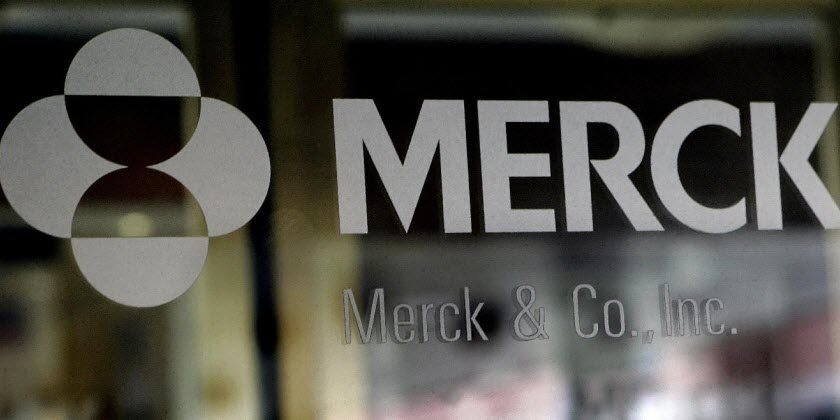
We just learnt that the FDA has accepted Merck & Co. Inc.’s (NYSE:MRK) biologics license application (BLA) for it’s latest infectious disease candidate, and alongside the acceptance, has granted the drug priority review. Let’s have a look at what the drug is, how it works, and what it might mean for Merck and its shareholders going forward if the agency gives it the green light.
The drug in question is called bezlotoxumab. It’s an antitoxin, which is a type of treatment that indices passive immunity in humans, targeted at the prevention of recurrence of clostridium difficile (“CD”) infection. We’ll look at the science in a little more detail shortly, but since we don’t often get to talk about antitoxins (they’ve taken something of a back seat to oncology immunotherapy in the last few years), Merck’s announcement is a nice excuse for a quick digression. Specifically, a quick word about a horse called Jim. Antitoxins are produced in the blood of an organism (plant, animal) through the introduction of a toxin, the removal of the organism’s blood, and the the extraction of the antitoxin from the blood. Jim was a horse that in the late 19th century physicians used to produce nearly eight gallons of diphtheria antitoxin. At the start of the 20th century, however, some of this antitoxin was found to contain tetanus, and a group of children died as a result of taking the contaminated formula.
The failure to check for contamination led to the introduction of a bill called the Biologics Control Act, which in turn led to the formation of the Hygienic Laboratory – known today as the Center for Biologics Evaluation and Research – and shortly after, the FDA.
History lesson over, let’s get back to Merck. So we don’t know what animal the company is using to produce the antitoxin – chances are its not a horse – but we know how it works. It’s designed for administration alongside the current SOC for CD, which when administered, binds to the CD toxin and flags it up to the immune system. The immune system recognizes the flag and creates antibodies that can fight CD. These antibodies remain in our system, primed to attack the CD toxin if it returns.
So what are the implications of an approval for Merck? There are no drugs currently available that target the prevention of CD recurrence, so if Merck can get bezlotoxumab approved, and it becomes a standard co-administration with the current SOC antibiotics, it could be a real revenue generator for the company. The Center for Disease Control in the US ran a study last year that estimated there are a little over 453,000 people that receive treatment for CD infection each year, and 29,000 of these die. The price point is not yet clear, and the range for current existing toxins is pretty wide, making it difficult to forecast accurate revenues potential. The current generic antitoxin for tetanus, for example, costs around $0.60 per dose. At the other end of the scale, the antitoxin for anthrax poisoning comes in at a little over $5,000 per dose. Chances are Merck will be closer to the tetanus price than the anthrax price, but don’t expect it to be cheap. At a very conservative estimate of $150 a dose, the drug would generate a little over $110 million annually for the company if it becomes SOC as a co-administration.
What sort of timeframes are we looking at? As mentioned in the introduction to this piece, the FDA has granted bezlotoxumab priority review, which cuts the current standard ten-month review period to six months. As such, the agency has issued a Prescription Drug User Fee Act (PDUFA) date, which just means the date that it intends to report its decision, as July 23, 2016. Chances are we will get an advisory panel review ahead of PDUFA – the FDA often requests such when it comes to infectious diseases – so this could provide some insight into the drug’s chances ahead of the agency’s decision day.
There’s also the chance that, with the drug being priority review, the FDA will issue a decision earlier than stated. PDUFA is merely a guideline, so keep an eye out for any information concerning bezlotoxumab in the 1-1.5 months leading up to July 23.




